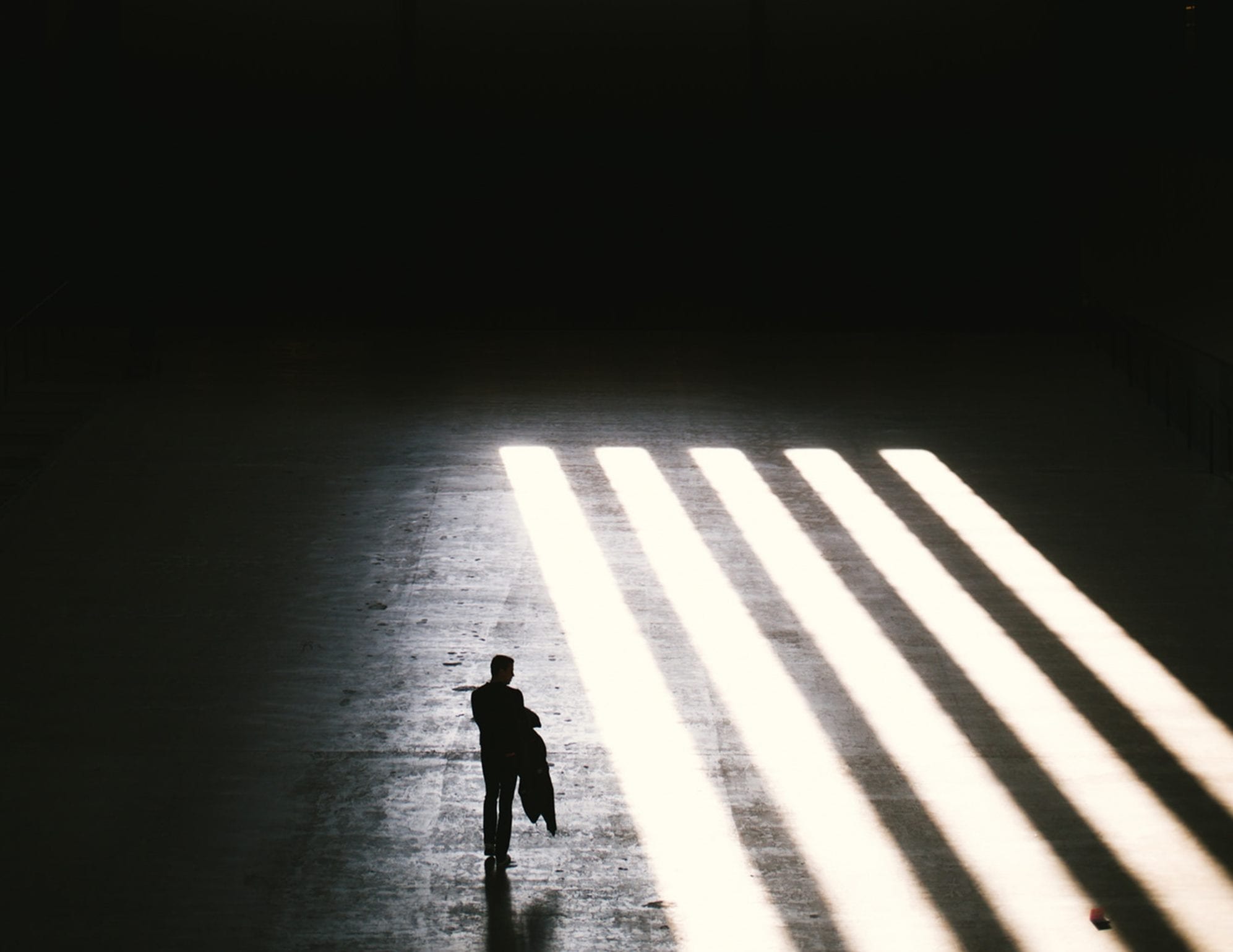
Vinny Ferraro is on the Senior Faculty for Mindful Schools, he is also the Guiding Teacher for Against the Stream Meditation Society SF. He works primarily with high risk and incarcerated populations. Learn from Vinny at our all-new 2-day Festivals in San Francisco and Seattle. For more information, click here.
It’s no secret that yoga, meditation, and other mindfulness practices help to unravel the pangs of trauma, alleviate stress and ultimately shift reactionary behavioral patterns. This is why these ancient practices have been found to be particularly useful among prison populations around the world.
Vinny Ferraro has been working with incarcerated populations since the 1980s, giving them access to much-needed mindfulness and meditation tools. He has seen meditation’s positive effects shift the trajectory on many prisoner’s lives, including the ability to build empathy and forgiveness, realize self compassion, foster belonging, and ultimately lead to impulse control. “They know the pain of exile, so homecoming takes on a deeper meaning,” Vinny shares.
What Does it Mean to „Come Home?“
Homecoming, says Vinny, “is coming home to our bodies and our lives.” The term illustrates his notion of moving away from focusing on the past and future, and surpassing habitual self-talk, in order to step into the direct experience of the present moment. All of Vinny’s work is rooted in personal experience, and a life of transforming his own experience of self from tumultuousness to peace.
“My father did a lot of time in prison, so growing up I can’t remember a time that I didn’t know what prison was… including my own stint in institutions. So, this forgotten population is very dear to my heart,“ Vinny says. „The system is intended to dehumanize people, and to survive it we need tools that foster healing. Most of America doesn’t understand the depth of pain that this system creates. I want to share with these folks what has helped me so much,” he explains.
The system is intended to dehumanize people, and to survive it we need tools that foster healing.
In a 2018 interview, Vinny told CNN more about the dark times that led him to find meditation during his path recovery. „It was 1987. I was smoking crack every day, living at the spot [crack house], and the most unlikely person walked in. Somebody I hated: my father. He had gotten out of prison and got his life together and gotten sober, and he came to find me. So, the person to introduce me to that world introduced me to the door out of that world, and he’s [Ferraro’s father] still sober; 32 years now.“
The ability to share his story, Ferraro believes, disarms others who are struggling with similar issues, and provides for them even an inkling of hope that they too can change their lives.
Effects of Mindfulness on Prison Populations
The positive effects of yoga and meditation continue to be verified through scientific research, and studies have indicated the enormous benefits of the practices on incarcerated populations in particular. Findings from a 2017 National Institutes of Health study indicated that a 10-week yoga program led prisoners to experiencing less stress, more impulse control, and improved mood.
Another 2010 study revealed that a 10-day Vipassana meditation program at a maximum-security prison in Alabama, improved levels of mindfulness and emotional intelligence among participants. Similarly, in research exploring the effects of yoga and meditation among female prisoners in Delhi, India, women were found to have lowered stress levels, and an overall more positive, relaxed and cheerful demeanor.
Most of America doesn’t understand the depth of pain that this system creates… When we wake up out of the delusion of separateness of course we want to help.
Studies also indicate that those who learn meditation while in prison are less likely to return after their release. A study at Wake Correctional Facility in Raleigh, North Carolina found that prisoners who took more than four yoga classes had a significantly reduced re-incarceration rate.
Other studies focused on meditation specifically, concur. In a 1987 study, published by the Journal of Criminal Justice, those who learned Transcendental Meditation while in prison, were at least 35 percent less likely to return than their counterparts who only participated in prison education, vocational training, or psychotherapy.
What It Looks Like on the Ground
Vinny, a Senior Faculty for Mindful Schools, understands firsthand the level of inner disconnection many of the people he works with may be feeling. “I always felt on the run from my experience.That feeling of something-missing-ness led me to years of searching for fulfillment,“ he says. „Meditation made me realize that what was missing was my presence in my own life. That’s what the practice is to me. We practice presence.”
Mindful Schools provides young people with a compass to navigate their lives, and is a key player in the movement to integrate mindfulness into the everyday learning environment of K-12 classrooms. The organization has trained over 50,000 educators, parents, and mental health professionals who work with youth.
Ferraro has been a practitioner of Vipassanā meditation since the early 1990s. He is a co-Founder of the Dharma Punx, has been teaching a weekly meditation group in San Francisco for well over a decade. Ferraro designs and implements trailblazing and effective interventions for at-risk adolescents. He has been began leading youth groups in drug rehabilitation centers, juvenile halls, and halfway houses since 1987.
In 2001, he began teaching for Challenge Day, a nationally recognized, social & emotional learning program, eventually becoming their Director of Training and leading workshops for over 110,000 youth on four continents. Vinny is also a board member and former Training Director of the Mind Body Awareness Project and is the principal author of the organization’s mindfulness-based curriculum for incarcerated youth.
“I don’t go to war with my experience as much. It [meditation] gave me my life back. I was starving for experience of myself. They don’t teach embodiment at school. Now I see the beauty around me all the time, I experience the happiness and awe that is available. When we wake up out of the delusion of separateness of course we want to help,” Ferraro says.
He has dedicated his life to dismantling that delusion of separateness, among those who mirrored himself in his darker days.
—

Kinisha Correia is a freelance writer and blogger. She is a contributing writer to a number of publications, and is a regular columnist for the Miami Herald, highlighting local initiatives focused on building social welfare in any capacity. Her blog, Prana Writes, showcases change-making people and projects around the globe doing uplifting work in the areas of yoga, wellness, eco-living, the arts, conscious travel, and ethical fashion. Kinisha credits yoga for altering the course of her life, and dedicates much of work to sharing yoga’s positivity.
